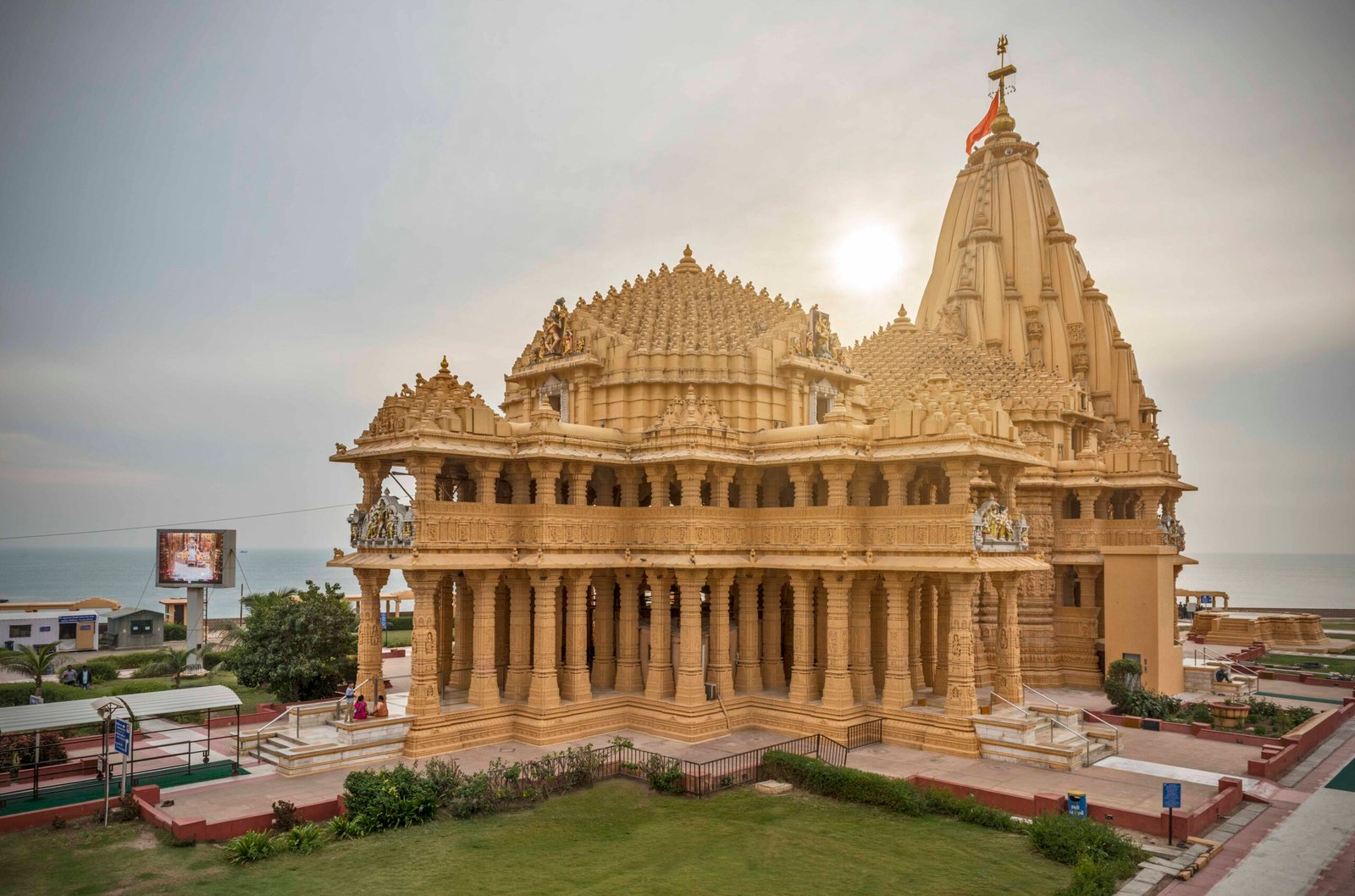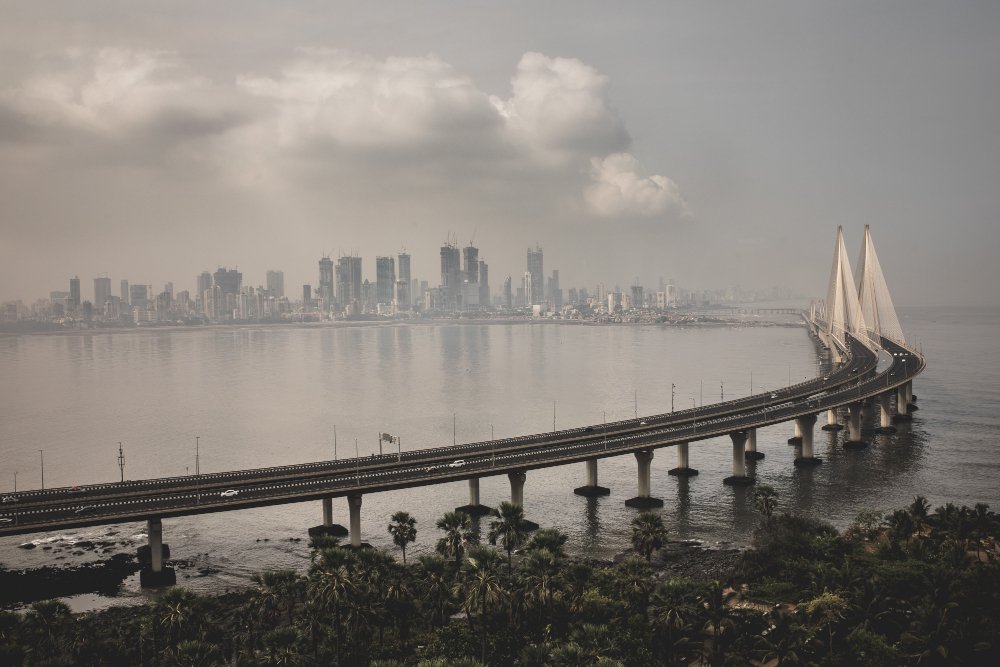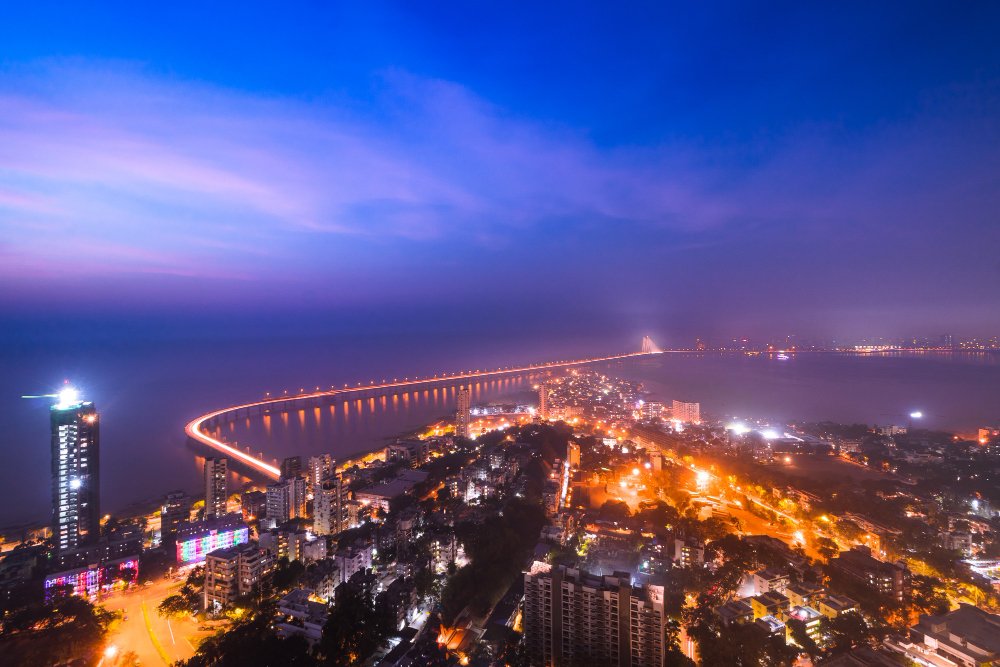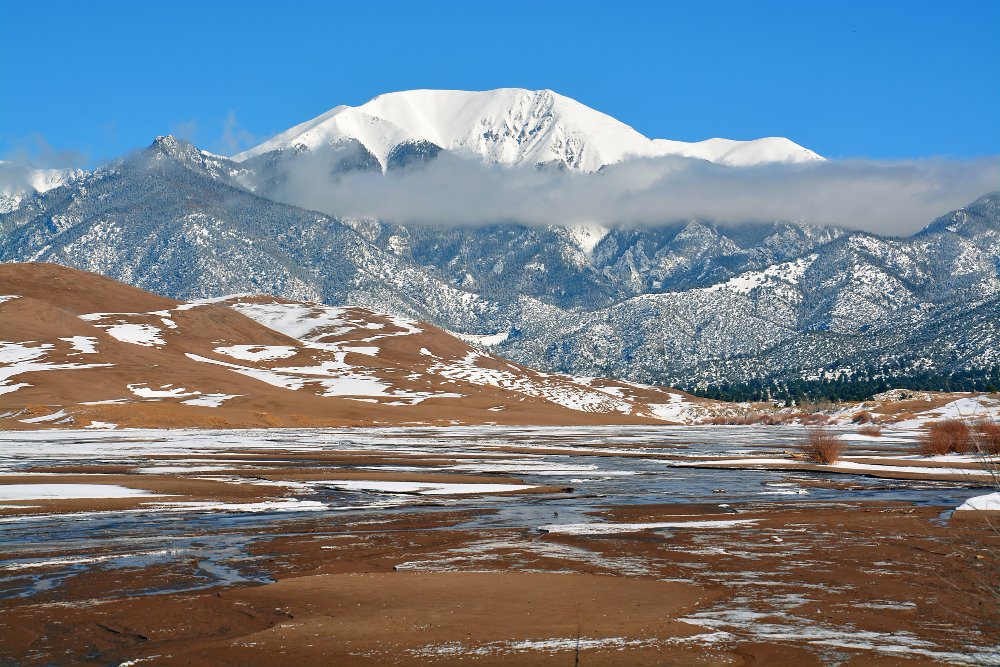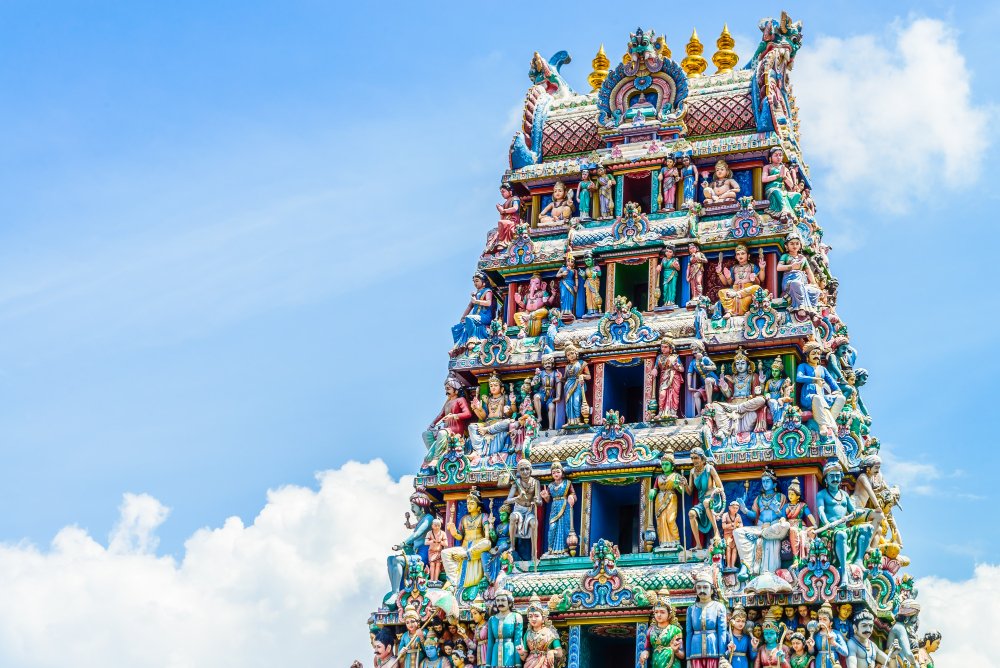Gujarat government Exam Notes minerals
The minerals found in Gujarat are very useful as raw materials and management tools. Gujarat ranks fourth in India in terms of production of various metallic and non-metallic mineral resources from Gujarat. Gujarat ranks first in production of fluorspar, agate, chalk, fire clay and limestone sand. Important Minerals
1) Porcelain clay: Porcelain clay is obtained from Eklara and Arsodia in Sabarkantha district and from Kot and Virpur in Mehsana district. Arsodia is the largest area of porcelain in India. Porcelain clay is also available from Kheda, Surat, Bhavnagar, Morbi, Kutch, Jamnagar and Surendranagar districts. Gujarat ranks fourth in India in porcelain production.
(2) Fire Clay (Agnijit Mati) Large quantity of fire clay is found from Muli, Chotila and Sayla talukas of Surendranagar district. The highest reserves are in Muli taluka, fire clay is also obtained from Panchmahal, Aravali, Mahisagar, Sabarkantha, Amreli, Kutch and Surat districts, Gujarat ranks first in India in production of fire clay, used in ceramic, firebricks and cement industries.
(3) Plastic Clay: Plastic clay is available from Jamnagar, Devbhoomi Dwarka, Girsomnath and Junagadh districts.
(4) Located in the district. These soils have high absorbent power and are used to purify and color oil. It is also used to make fats and greases.
(5) Gypsum (chirodi) which is obtained as a by-product of salt by evaporation of seawater. Gypsum is obtained from Jamnagar, Devbhoomi Dwarka, Panchmahal, Morbi, Junagadh, Surat and K2 districts. Gujarat ranks third in India in gypsum production. Jism is used in the manufacture of cement, plaster of Paris, succuric acid, ammonium sulphate and compost.
(6) Agate: Agate is found in India only from Gujarat. A large quantity of agate is obtained from the Rajpipla hills of Narmada district. Apart from this, agate is also obtained from Kutch, Bharuch, Anand, Rajkot, Junagadh, Morbi, Devbhoomi, Dwarka and Jamnagar districts. It is used to make ornaments and decorative items. There are agate polishing factories in Jamnagar and Khambhat.
(7) Fluorspar: Luarspar is an important mineral of Gujarat. Calcium chlorite is called ‘fluorespar’ or ‘fluorite’. All over the world, except Gujarat, this mineral is found only in Greenland. A large quantity of fluorspar is found in Nititokari, Dungargam and Ambadungar areas of Chhota Udepur district. This mineral is also obtained from Zaghadiya taluka of Bharuch district. Gujarat ranks first in Asia in the production of Luarspar. These minerals are used as filtration in the aluminum, steel and ferro alloy industries. This mineral is used as animal in porcelain and glass industry. Synthetic cryolite, hydrochloric acid and these minerals are used to make the substances that come out of it. There is a clearsar refining factory at Kadipani (Dist. Chhota Udepur) near Ambadungar.
(8) Limestone: Limestone is obtained from many regions of Gujarat. High quality limestone is obtained in large quantities from the west and south coast regions of Saurashtra. The largest quantity of small stone is in Bhuj, Nakhtrana and Abdasa talukas of Kutch district. Tadkeshwar in Surat district and Mithopur in Devbhoomi Dwarka district are found with ‘Million Light’ type limestone. Limestone called ‘Porbandar stone’ is found from Dwarka, Kodinar and Porbandar; Limestone is also found in Junagadh, Girsomnath, Botad, Amreli, Bhavnagar, Rajkot, Chhota Udepur, Bharuch, Kheda, Panchmahal, Sabarkantha, Banaskantha and Vadodara districts. Most of the sandstone mines are located in Girsomnath district. Gujarat ranks fifth in terms of limestone production. Limestone is useful for making cement, calcium carbide, calcium cyanide, calcium chloride, caustic soda, soda ash and bleaching powder. It is also used in the refining of sugar and in the industries of making iron, steel, glass and leather.
(9) Coxite: Calcite is found from Bhavnagar, Jamnagar, Morbi, Devbhoomi Dwarka, Girsomnath, Rajkot, Amreli, Banaskantha, Panchmahal, Vadodara, Chhota Udepur, Dahod, Junagadh and Bharuch districts. Calcite is found in red, yellow, pink and white from Devbhoomi Dwarka and Jamnagar districts. Gir of Junagadh district. Calcite from forests is known as ‘Panala Deposit’. Gujarat is the second largest producer of calcite in India after Rajasthan. Calcite is used as a filtrate in the chemical and metallurgical industries. Calcite is used in glazed, pottery, metal polish, bleaching powder etc.
(10) Copper, lead, zinc are found in Danta taluka of Banaskantha district.
(11)Bentonite: Bentonite is produced in Kutch and Bhavnagar districts. It is also available in small quantities from Jamnagar, Devbhoomi Dwarka, Amreli, Sabarkantha, Banaskantha, Aravali, Mahisagar, Patan, Mehsana and Kheda districts. Bentonite is used in the steel casting, cement and chemical industries.
(12) Raffite: The quantity of light type graphite is found in Devgadhbaria taluka of Dahod district, Jambughoda taluka of Panchmahal district and Chhota Udepur district. Gujarat ranks third in India in graphite production. Graphite is used to make pencils, explosives and dry batteries.
(13) Bauxite: Bauxite is found in Kalyanpur, Khambhaliya and Bhanwad talukas of Devbhoomi Dwarka district.
(14) Marble: Marble is found in Ambaji area of Banaskantha district.
Electricity is an important contributor to the industrial development of Gujarat.
(1) Lignite: Lignite is a light type of coal with low carbon content. Large quantities of lignite have been recovered from Nakhtrana, Mandvi, Lakhpat and Rapar talukas of Kutch district. Besides, lignite is also obtained from Surendranagar, Morbi, Mehsana and Bharuch districts. Gujarat ranks third in lignite production after Tamil Nadu and Rajasthan.
(2) Mineral oil and natural gas: e. Q. In 1958, mineral oil and natural gas were obtained from Lunej village in Anand district of Gujarat. Gujarat has mineral oil and natural gas from Mehsana, Gandhinagar, Ahmedabad, Kheda, Anand, Bharuch, Navsari, Valsad and Surat districts. Mineral oil is produced from 170 wells and natural gas from 12 wells in Ankleshwar taluka of Bharuch district. The mineral oil field of Ankleshwar taluka is the largest oil field in India. From here the oil is sent by pipeline to the Koyli refinery in Vadodara district. Arti’s natural gas is supplied to Gujarat Fertilizer Corporation’s landing power station and to the industries and city of Vadodara. Kalol of Gandhinagar district, Chatral and Pansar of Mehsana district are the richest oil fields. Mineral oil and natural gas are obtained from Khambhat and Kadana in Anand district and Navagam in Kheda district. A plant has been set up at Kadana to dilute the mineral oil obtained at Kadana. The natural gas of Anand and Kheda district is sent to the power station of Dhuwaran (Dist. Anand) by pipeline. Mineral oil and natural gas are obtained from Olpad and Mangrol talukas of Surat district, Dahej, Motwan, Balner and Sisodra villages of Bharuch district and Gulf of Khambhat. Gujarat produces 49% of India’s oil and 44% of its natural gas. In Gujarat, based on mineral oil and its by-products, paint, asphalt, synthetic rubber, fertilizer, synthetic fiber and plastics industries have developed.
the price of mineral oil pipeline sent to the coal mill in Vadodara district, the natural gas from here is the landing power station of ‘Gujarat Realiser Compensation’ and the industries of Vadodara. Supplied to the city, Kalol of Gandhinagar district, Kalu and Pansar of Mehsana district are the richest oil fields.Prabhat and Kadana of Anand district and Navagam of Kheda district are the major sources of oil and natural gas. A plant has been set up.The natural gas from Anand and Kheda districts is sent to Puvaran (Anand district) power station by pipeline from Olpad and Mangrol talukas of Surat district, from Dahej, Motwan, Balner and Sisodra villages of Bharuch district and oil from Khambhat gulf Gujarat produces 49% of India’s total production of crude oil and 44% of its natural gas. On the basis of these by-products, paints, asphalt, synthetic fertilizers, fertilizers, synthetic fibers and plastics industries have developed.
(3) electricity. Q. The Gujarat Electricity Board was established in 1960. The state has two large and five small thermal power plants and 53 mineral power plants. Dhuvaran (Dist. Anand) has the largest power plant. Gujarat gets good amount of electricity from Dhuwaran thermal power plant, Ukai and Narmada hydro power plants.
Sabarmati (Ahmedabad), Shapur, Porbandar, Sikka, Uttaran, Rajkot, Kandla etc. are the power plants. Electricity is obtained from Gandhinagar and Ukai thermal power plants. Different regions of Gujarat have been connected to their power plants. The district receives electricity from the Kedla power plant and through some diesel power plants. Some industries get electricity through diesel power plants at Ganadevi, Vallabhavidyanagar, Vijapur and Jamnagar. All the power stations are connected by grid system.
(4) Solar energy: The sun is an unbroken source of energy. Solar energy is any kind of energy that comes from the sun, including the heat obtained by carrying an absorbent plaque against the sunlight. Solar energy is used in management, water heaters, refrigerators and cookers. ‘JEDA’ in Gujarat at concessional rates to home consumers. Provides ‘solar cooker’. This organization has built a cold storage with a capacity of 10 tons near ‘Gujarat Agrocruz Limited’ in Chhani (Dist. Vadodara). The institute has set up solar panels in hospitals and college hostels to provide hot water. The Central Salt and Marine Chemical Research Institute in Bhavnagar has developed a solar-powered cabinet driver.
(5) Dung gas: Human and animal feces – urine and decomposable organic waste is called ‘dung’. The manure gas plant can be used to make gas for fuel from the dung and a calf-free compost without pathogenic bacteria. Gujarat ranks second after Uttar Pradesh in dung gas plant. Udtal village in Ahmedabad district has a gas plant with a capacity of 5000 cubic feet of gas. It is the largest dung gas plant in India. Krishi University, Dantiwada (Dist. Banaskantha) also has a large dung gas plant.
(6) Hydroelectricity: Hydroelectricity is obtained from important multi-purpose irrigation schemes of Gujarat. Such schemes include Kakrapar Yojana, Ukai Yojana, Wanakabori Yojana, Kadana Yojana, Dharoi Yojana and Narmada Yojana.



